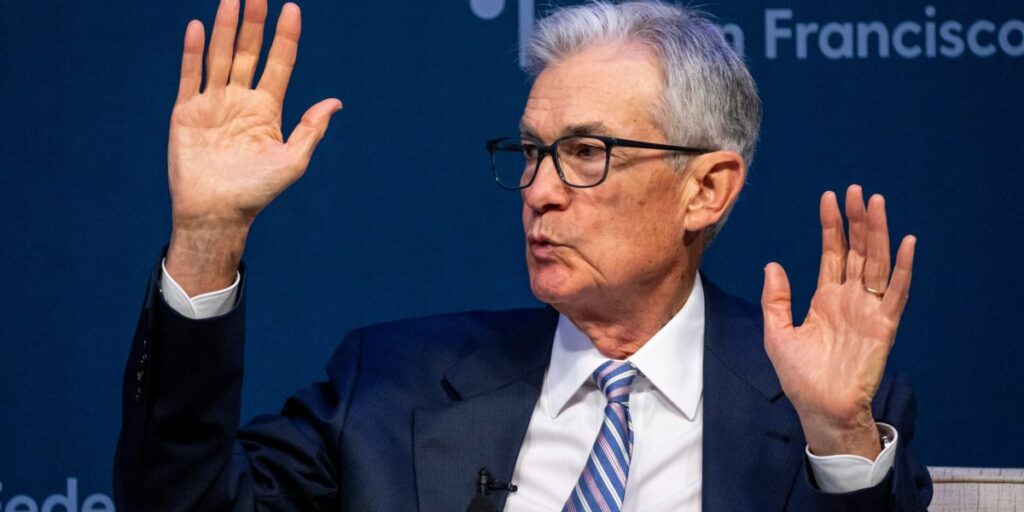
The Federal Reserve stressed on Wednesday that inflation has remained stubbornly high in recent months and said it does not plan to cut interest rates until it is “more confident” that price increases will continue to slow to its 2% target.
The Federal Reserve issued a statement after its latest meeting, keeping its key interest rate at a two-decade high of 5.3%. Several recent warmer-than-expected reports on prices and economic growth have undermined the Fed’s belief that inflation is steadily slowing. The combination of high interest rates and persistent inflation also poses a potential threat to President Joe Biden’s re-election campaign.
“In recent months, there has been a lack of further progress toward achieving the (Fed’s) 2% inflation goal,” the statement read.
The central bank’s news on Wednesday reflected a sudden shift in its interest rate schedule. At its last meeting on March 20, Fed policymakers expected three interest rate cuts in 2024, possibly starting in June. Over time, the Fed’s rate cuts will lower borrowing costs for consumers and businesses, including mortgages, auto loans and credit cards.
But financial markets are now pricing in only one rate cut this year, in November, given rising inflation, according to futures prices tracked by CME FedWatch.
The Fed’s more cautious outlook stemmed from three months of data showing stubborn inflationary pressures and strong consumer spending. Inflation has fallen to 2.7% from a peak of 7.1%, according to the Fed’s preferred measure, as supply chains have eased and the cost of some goods has actually fallen.
Still, average prices remain well above pre-pandemic levels, and the cost of services ranging from apartment rent and health care to restaurant meals and car insurance continues to soar. With six months until the presidential election, many Americans are expressing dissatisfaction with the economy, especially the pace of rising prices.
On Wednesday, the Fed also said it would slow down the pace of unwinding one of the biggest policies of the COVID-19 era: trillions of dollars in purchases of Treasury and mortgage-backed bonds to stabilize financial markets and sustain longer-term economic growth.
The Fed now allows $95 billion in such securities to mature each month without replacing them. Its holdings have dropped to about $7.4 trillion from $8.9 trillion, which it began reducing holdings in June 2022. On Wednesday, the Federal Reserve said it would reduce its bond holdings at a slower pace in June, allowing a total of $60 billion in bond reductions per month.

